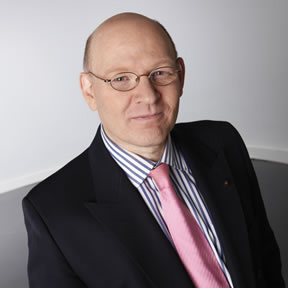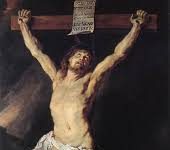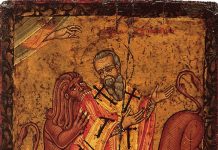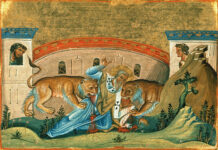I read the story beneath the title with trepidation but, truth be told, with more than a little resignation. A Montreal deacon had been charged with producing child pornography, a pre-Christmas headline told us. The crime is horrendous. But he is a Catholic—was it another gift, seasonal at that, given to the Catholic-bashers, the media, the atheists, and the rest of them to attack us? Yes, it was.
I’ve no idea if sixty-five-year-old William Kokesch is guilty or not, and for this column it hardly matters. He was, however, a communications director for the Canadian Conference of Catholic Bishops and had helped coordinate World Youth Day conferences in Toronto, Rome, and Paris. But then, Raymond Lahey was a bishop!
Lahey, by the way, serves as a test case for the abuse crisis. This old devil was caught at an airport with child pornography on his laptop, and it’s now known that he had had several homosexual one-night stands. At his trial he made it clear that he was in a ten-year relationship with another man and intended to continue that partnership when he left prison.
I can believe all sorts of things, but I simply cannot believe that a man can rise through the Church to the episcopacy while an active homosexual and be part of a long-term homosexual relationship while a bishop, and his perversion and sheer contempt for Church teaching and local Catholics not be known by some of those around him.
Which brings us to the quintessence of what this is all about. It is not about priestly celibacy or an all-male clergy. At the risk of sounding crass, abuse rates are as high and often higher in denominations that ordain women and married men, are frequently worse within schools, within sports teams, and everywhere there is a power dynamic between adults and young people.
The Church cannot ordain women because it does not have the authority to contradict Scripture. It could ordain married men, and some Catholic rites do, but this would make no difference. It’s sin that is the problem, not making up a new, non-Biblical theology. It’s also about who was allowed, sometimes encouraged, to enter the priesthood at a particularly bad time in Church history.
Normal men who embrace chastity are not suddenly tempted by teenage boys; yet more than 85% of the victims of Catholic priests were exactly that. Let’s be candid here. This was a gay issue, with the overwhelming majority of the abusers being homosexual and most also involved in affairs with adult men. Of course, most gay men do not act thus, but that does not obscure the fact that this was not actually pedophilia, nor men having flings with grown women, but homosexual men seducing and raping teenage boys.
Most of this is in the past, but enormous pain was caused and damage done, and it still continues. The Church generally acted as best it could, but for decades nobody even in expert medical circles really knew what to do. Yet it also has to be said that sometimes there were cover-ups and even cases of like protecting like. Tragically, while that flame of sin is incredibly rare today, it is not completely extinguished.
When, as part of the response to this grimy catastrophe, the Church explained that future candidates for the priesthood would be asked about their sexuality and that even homosexual desires were likely an obstacle, it was accused of— wait for it—homophobia. So, damned if they do, damned if they don’t. Not surprising though, in that many of the harshest critics of Catholic abuse seemed more concerned with using the phenomenon to attack the Church than in trying to help the actual victims.
It’s not about Catholicism or celibacy or Church teaching but about sexual sin, pride, and the refusal to admit that darkness does exist and is always looking for more corners to fill and possess. It’s why we need the Church, not why we need to destroy it. And how ironic and hypocritical that a culture that so sexualizes children and so cheapens sex pretends to even care about all this in the first place. It cares about condemning goodness, and it does it horribly well.











